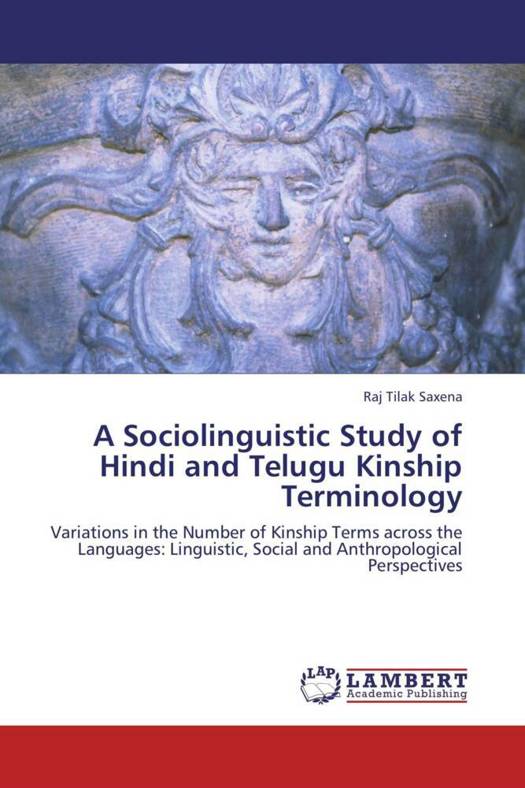
- Afhalen na 1 uur in een winkel met voorraad
- Gratis thuislevering in België vanaf € 30
- Ruim aanbod met 7 miljoen producten
- Afhalen na 1 uur in een winkel met voorraad
- Gratis thuislevering in België vanaf € 30
- Ruim aanbod met 7 miljoen producten
Zoeken
A Sociolinguistic Study of Hindi and Telugu Kinship Terminology
Variations in the Number of Kinship Terms across the Languages: Linguistic, Social and Anthropological Perspectives
Raj Tilak Saxena
Paperback | Engels
€ 48,45
+ 96 punten
Omschrijving
The problem that has been discussed in this work is: "why different languages have different number of kinship terms?". In the research of L.H. Morgan an evolutionary-and-typological framework was presented for the patterns of kinship terminology. He found six patterns of kinship terms in the languages of the world. Later, his work was criticized by many sociologists and anthropologists like by Lévi-Strauss in the "Elementary Structures of Kinship". Lévi-Strauss' famous analogy of phonemes with kinship terms opened a new domain of thought in kinship and cultural studies. In linguistics E. Sapir's paper on levirate takes morphology into account to understand the nature of kinship terms.Thus in a succession to previous theoretical literature on kinship this piece of research "A Sociolinguistic Study of Hindi and Telugu Kinship Terminology" deals with: A) Morphology of Kinship Terms [chapter 4 onwards] B) An Introduction to the Singular Explanation for the Six Classical Patterns- A Rational Inquiry [chapter 5 onwards] and C) As to how A) and B) Define the Number of Kinship Terms in the Languages: Hindi and Telugu. This work is merely an introduction to the theory.
Specificaties
Betrokkenen
- Auteur(s):
- Uitgeverij:
Inhoud
- Aantal bladzijden:
- 76
- Taal:
- Engels
Eigenschappen
- Productcode (EAN):
- 9783659284519
- Uitvoering:
- Paperback
- Afmetingen:
- 150 mm x 220 mm
- Gewicht:
- 118 g

Alleen bij Standaard Boekhandel
+ 96 punten op je klantenkaart van Standaard Boekhandel
Beoordelingen
We publiceren alleen reviews die voldoen aan de voorwaarden voor reviews. Bekijk onze voorwaarden voor reviews.











